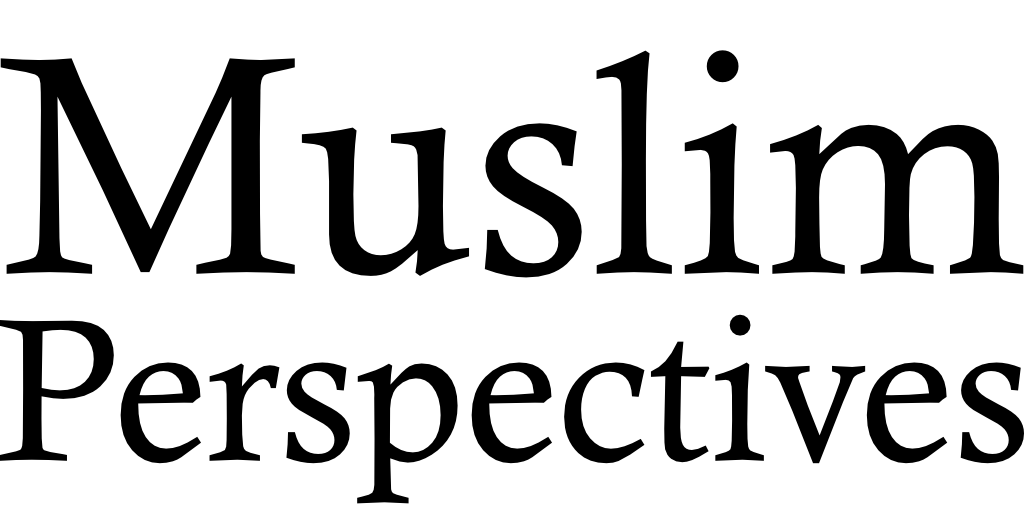Our hearts and souls are captivated by the beauty of sunrise and sunset, a starry night, the rolling waves at a beach, the color of trees in fall season, and many other physical experiences with ‘mother nature’. We have an affinity with the natural environment, but what is even more impactful on us is the natural phenomenon of night and day. In the Quran, Allah (SWT) draws our attention to this alternation of night and day as a sign of His wisdom, and for us to be thankful. It is now known that human physiology and behavior synchronize with the cycle of night and day; furthermore, departures from this alignment are likely to trigger health issues.
The Circadian Rhythm
The discovery of our physical and psychological dependence on the natural cycle of night and day was only recent. However, 1400 years ago, the Quran directed us to reflect on the interchanging of night and day, and to be grateful for its occurrence in our lives. God’s Book says, “And out of His mercy He made the night and day that you may rest therein and (by day) seek from His bounty and (that) perhaps you will be grateful.” (1) 1In no less than 37 verses, references are made to the contrast of night and day. These verses are spread out, in some 24 chapters of the Holy Book, making it a frequent Quranic reminder.
The natural 24-hour cycle of physical, mental, and behavioral changes that occur in the body is termed the circadian rhythm (CR). The term “circadian” is derived from 2 Latin words, “circa” (approximate) and dies (day), to signify approximately one day or a 24-hour cycle. These rhythms are controlled by two types of “clocks” in a well-organized and complex system. There is a master biological (circadian) clock in the “suprachiasmatic nucleus” or SCN for short, within the “hypothalamus” of the brain. Secondly, there are peripheral clocks residing in various tissues throughout the body, such as the heart, lungs, liver, and adipose tissue. These clocks help regulate the timing for sleep and physical activity, synchronizing with daily variations in the dark and light cycle.

How the Circadian Rhythm Works
CR is not only connected to the sleep and rest physiological needs of the body. Many other functions, including hormonal levels, temperature regulation, heart rate, blood pressure, time for alertness and mental acuity, and mealtime are regulated by these body clocks. The latter operate in response to environmental cues or zeitgebers, such as natural light changes, food, and temperature variations.
With respect to light, the absence of natural light reaching the eye sends signals from this organ to the SCN. In turn, this central clock directs the “pineal gland” of the brain, to release melatonin which bears responsibility for inducing sleepiness. The onset of darkness naturally causes the body to generate more melatonin, thus inducing the body to prepare for sleep. Besides this hormone, a chemical messenger, the SCN regulates several others, including insulin and cortisol. A disruption of the CR interferes with these body secretions and the hundreds of vital processes they manage.
Circadian Disruption and Health Impacts
The modern world today has become more of a 24-hour driven society. With the shifting from a diurnal to a nocturnal lifestyle, circadian disruption (CD) becomes increasingly commonplace. Well-known examples that lead to CD are jetlag, rotational and night shift jobs, and increased exposure to artificial light.
Notwithstanding the fact that the body can adjust to disruptions in CR, and that the extent of interferences may vary, the list of bodily impairments associated with CD is long. Short-term potential ailments that can possibly occur include hormonal changes, lack of energy, digestive problems, and memory loss. Long-term health conditions affect several body systems such as the cardiovascular, gastrointestinal, endocrine and nervous systems. Serious conditions that can occur include diabetes, hypertension, obesity, and cognitive disabilities.
CD has also been attributed to Daylight Saving Time (DST), a common practice adopted in much of the US and elsewhere, whereby clock time is adjusted to reduce the use of daylight hours in the morning and increase it in the evening. Influential medical and research societies, such as the American Academy for Sleep Medicine (AASM), have found that DST is at odds with our natural CR. The CR continues to be aligned to solar time, regardless of the new clock time. A CR interruptive factor at play is “social jet lag” – the difference in sleep between free and work or school days.
The Night and Day Cycle and Human Nature

It is significant to note that Islam, “Deen-ul-Fitrah” – the religion that corresponds to human nature, encourages one to be mindful of the body’s natural responsiveness to the night and day cycle or its circadian rhythm. Muslim medical professionals exhort us to pay attention to circadian rhythmicity as a means of targeting disease predisposition, management (chronotherapy) as well as increasing productivity in work and ibadah.
One piece of advice is to set a sleep schedule. Man is a creature of habit, which points to the need for developing routine habits in our lives with respect to sleep and activity. One should have an ideal bedtime and wake-time goal to strive towards. Everyone has a unique circadian rhythm that often becomes weaker as we age due to chronic stress and other factors. Some people are categorized as “night owls” with a tendency to be more active at night, and others “morning larks” with a preference for early morning activity. The zeitgeber in this case is sunlight. An increase in early morning sunlight favors the morning person, while a decrease does the opposite.
Sleep in the Sunnah
There is much to be learned from the Sunnah as it relates to sleep time and CD. The Prophet (s.a.w.) advised his followers to not be neglectful of sleep. He (s.a.w.) said “Offer prayers and also sleep at night, as your body has a right on you”. Once the Prophet (s.a.w.) entered the mosque and saw a rope hanging in between its two pillars. He (s.a.w.) asked, “What is this rope?” The people said, “This rope is for Zainab, who, when she feels tired, holds it (to keep standing for the prayer)”. In response, the noble Prophet (s.a.w.) said, “Don’t use it. Remove the rope. You should pray as long as you feel active, and when you get tired, sleep”.2 Our beloved Prophet (s.a.w.) also advised his followers on sleeping early after the night prayer and waking up early.
The only day-time sleep encouraged in the Sunnah, is the period between the early and late afternoon prayers. This time corresponds to the siesta period referred to as “qaylulah”. The noble Prophet (s.a.w.) advised, “Take a siesta, for Satan does not sleep in the day”3, and also, “Take a short nap, for devils do not take naps”4. Interestingly, melatonin is also released to a lesser extent after lunch. This window corresponds with a decrease in energy and alertness as part of the CR, and hence a good time to rest. As one expert suggested, this may indicate the human might be biologically programmed to nap.
The close affinity of the human body CR with the night and day cycle has a profound effect on our health and well-being. It is further proof that the Earth-Sun system is divinely designed for optimal human existence. The challenge for us is to take advantage of what we now know.
Footnotes
- Quran: chapter 25, verse 62 ↩︎
- Hadith: Ṣaḥīḥ al-Bukhārī 1099, Ṣaḥīḥ Muslim 784 ↩︎
- Hadith: al-Mu’jam al-Awsaṭ lil-Ṭabarānī 28, Grade: Hasan (fair) according to Al-Albani ↩︎
- Hadith: Al-Albani said in Silsilat al-Ahadith al-Sahihah (1647): “Its chain is sound” ↩︎
General References
https://jcsm.aasm.org/doi/full/10.5664/jcsm.10666 https://www.mayoclinic.org/medical-professionals/endocrinology/news/an-emerging-connection-between-circadian-rhythm-disruption-and-type-2-diabetes-mellitus/ https://my.clevelandclinic.org/health/articles/circadian-rhythm https://pmc.ncbi.nlm.nih.gov/articles/PMC5647832/. https://pmc.ncbi.nlm.nih.gov/articles/PMC3183634/ https://pmc.ncbi.nlm.nih.gov/articles/PMC7830980/ https://pmc.ncbi.nlm.nih.gov/articles/PMC7830980/ https://sleepeducation.org/resources/daylight-saving-time/ https://www.yalemedicine.org/news/can-taking-an-afternoon-nap-boost-your-energy#: https://www.thensf.org/the-benefits-of-napping/ Understanding Sleep and Circadian Systems > News > Yale Medicine https://www.sleepfoundation.org/sleep-hygiene https://pubmed.ncbi.nlm.nih.gov/?term=%22BaHammam





